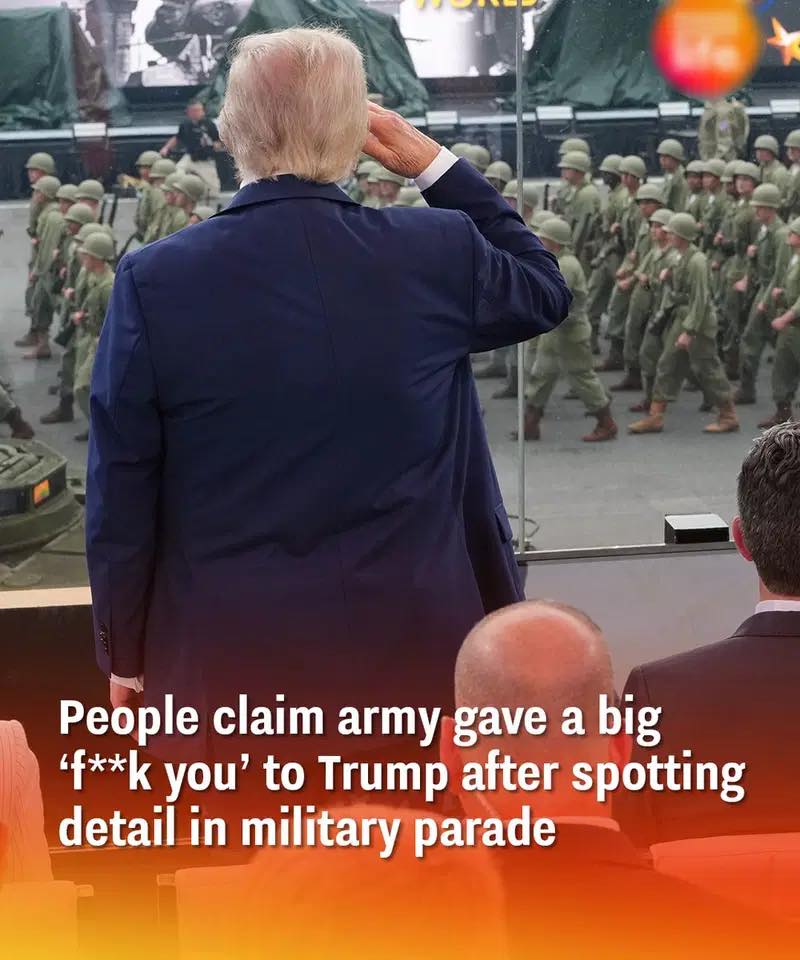A recent military parade in Washington, D.C., commemorating the U.S. Army’s 250th anniversary, sparked intense debate across social media and among military observers. While the event featured 6,600 soldiers, military equipment displays, and presidential remarks emphasizing American strength, critiques quickly emerged about the parade’s marching standards and overall performance. Some observers described the soldiers’ formations as sloppy, suggesting that the lack of precision reflected deeper issues related to military professionalism or attitudes toward political leadership.
The parade’s reported attendance and cost also drew controversy. Official statements claimed over 250,000 attendees, but independent reports pointed to far lower turnout, citing empty seats and sparse crowds. The event’s $45 million price tag further fueled debates about the appropriate use of public funds, especially amid competing military budget priorities. These discussions highlighted ongoing tensions in democratic societies around government transparency, resource allocation, and public interest in military ceremonies.
Contextually, President Trump’s history of multiple Vietnam War draft deferments provided an additional layer of public discourse regarding military-civilian relations. Social media commentary often speculated on the relationship between service members and civilian political leadership, raising questions about political neutrality within the armed forces. While military personnel are expected to remain apolitical, polarized environments can complicate perceptions of military professionalism and loyalty.

The event illuminated the broader significance of military parades as symbolic displays that must balance ceremonial tradition with practical military readiness. International comparisons highlighted how countries like France and the UK maintain high ceremonial standards, while the U.S. faces challenges reconciling ceremonial expectations with operational priorities. The social media response underscored the evolving role of digital platforms in shaping public perception and amplifying critiques that once remained within specialized circles.
Ultimately, the parade’s mixed reception reflected the complexities democratic societies face in honoring military service while ensuring civilian oversight and accountability. It served as a case study on how symbolic military events intersect with politics, public opinion, and institutional professionalism, emphasizing the need for careful planning, transparency, and communication to maintain trust in military and democratic institutions.